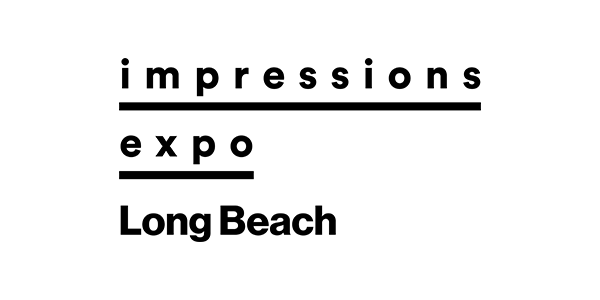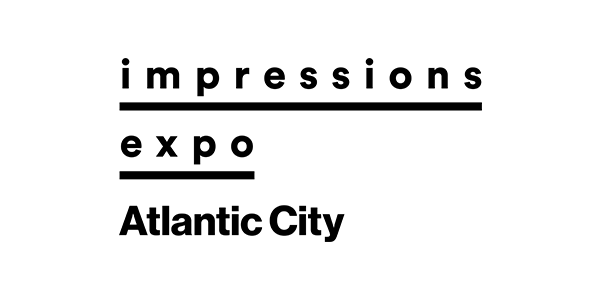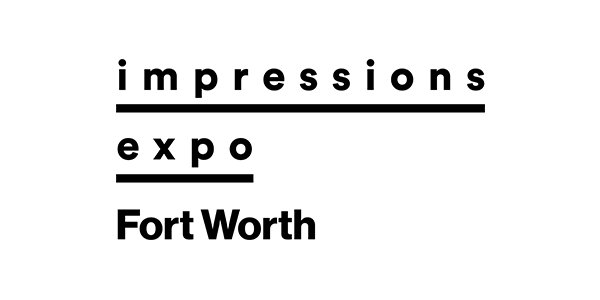A recent video from Stahls’ TV, Sterling Heights, Mich., explores how to create sew files for the appliqué process using Twill Stitch Pro PLUS software.
Part 1 of the two-part series focuses on the step-by-step process of using the appliqué-specific design program to create sew files from vector images.
Stahls’ TV educator Courtney Kubitza provides an overview of the software and a demonstration of its tools and features in action. She also discusses how images created in Adobe Illustrator, CadworxLIVE and CorelDRAW — as well as pre-digitized art — can be imported and combined for namedrops and personalization among others.
The video also shows how to set thread types and colors, and adjust thread angles and densities, stitch widths, placement lines and holes, to avoid overlaps and minimize stops for seamless workflow. There also is a quick tutorial on preparing art for Rip-Away Applique. — M.Q.





